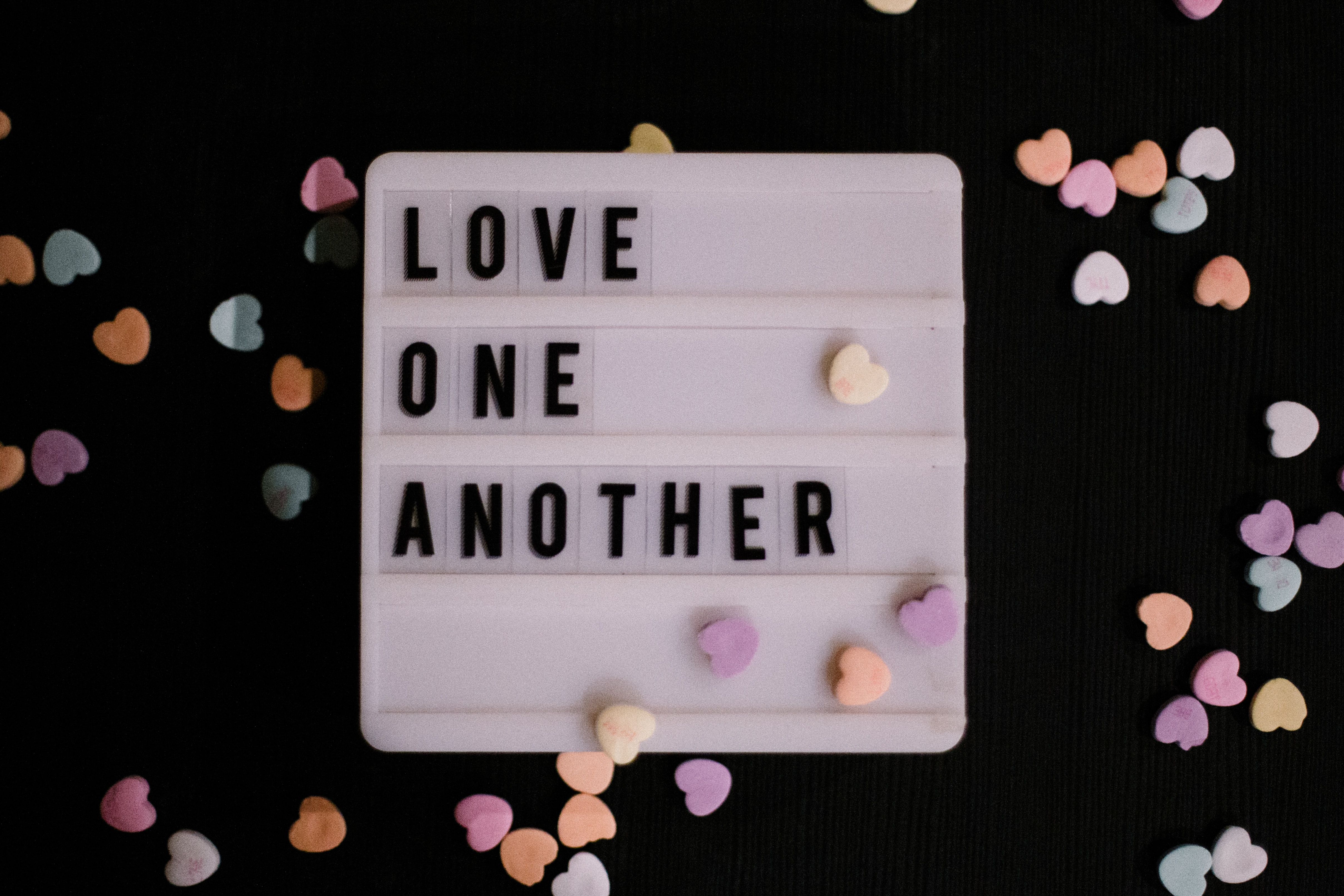Diversity and inclusion (D&I) is a tricky subject to write about. Events around the world over the last couple of years have forced us to talk about it more – and yet, perhaps we still don’t talk about it enough. There has been increased effort and initiative from governments, local administrative bodies, and numerous companies to improve the representation across their organizations and boards. However, the grim reality is that we’ve still got miles to go before equal opportunities, representation, and equal pay for equal work becomes a reality.
The statistics aren’t great – and they’ve gotten worse as a result of the pandemic. According to the Global Gender Gap Report published by the World Economic Forum in 2021, due to the impact of the COVID-19 pandemic, it will now take 135.6 years to close the gender gap – that’s gone up from 99.5 years. To put it into perspective, that’s an entire generation. Projections suggest that nearly 5% of employed women lost their jobs as a result of the pandemic, compared with 3.9% of employed men. Outside of the political sphere, gender gaps are highest in industries that require technical skills and expertise.People of color too have disproportionately faced unemployment as a result of the pandemic. But the lack of representation for women and people of color in the workplace, and – importantly – in leadership or management roles isn’t just a pandemic problem – it’s been a forever problem and continues to be one – it’s just been further exacerbated by the pandemic. The truth is that companies just don’t hire or promote enough women or people of color. With companies now publicly releasing their diversity statistics, we can hope that the situation improves, but we’ve got a very long way to go.
There is a real business advantage to having a diverse workforce. Not only does it boost culture, you’re getting more depth of perspective and varied opinions. You’re also showing prospective candidates and future employees that you are serious about diversity and inclusion – this helps make you an employer of choice.
.jpg)
It is now best practice to include an equal opportunities statement on a job advertisement. Such a statement reflects a company’s commitment to diversity – it assures that in practice and that during the hiring stage and during the employee’s life cycle at the company, employers will not discriminate on grounds of sex, race, colour, ethnicity, sexual orientation, religion, nationality, gender identity and/or expression, marital status, disability, political affiliation, age, or any other non-merit factor. However, while most companies might have this statement, it doesn’t always reflect the reality within.
One of the reasons for the lack of diversity in companies is that most employers only think about diversity and representation after the fact. They build their companies and once they’re about 50 people strong, they think about diversifying the workforce – by that time, it’s late in the game (although yes, better late than never) and you’ve missed out on building a foundation of a truly diverse and inclusive workforce from the ground up. If you’re serious about D&I, you have to commit to it from the very beginning.
At TerminusDB, one of our core values is Open Source, and while we are an open source project, we also hold true to all that the philosophy of open source stands for. We believe that a sense of inclusion, community, and belonging are at the very heart of what it means to be open source. While we are still a small company, we are a diverse one. As an Indian and a woman of colour myself, this was important to me. I’m happy to work at a company where my visa or citizenship status was a non-issue – where the most important thing was the skills and potential that I brought to the table. We have a multi-cultural team and have learned so much from each other – we all have different strengths, different ways of working, and different communication styles. At TerminusDB, our differences are not just accepted – they’re celebrated – and I believe we are stronger because of it.
We have 10 full time employees in our company. Out of the 10, 5 of us are women, and 5 are men. 3 of us are people of color. We have 3 people on the management team, 1 of whom is a woman. Of the 8 developers and engineers on the team, 4 are women.
.png)
The tendency for many companies at start-up stage is to find talent where they are headquartered. It’s the easier, less complicated route. But by adopting this approach, companies might be missing out on exceptional talent and untapped potential. Honestly, it can be an administrative nightmare coordinating payroll in different countries, ensuring compliance with local laws, and even just collaborating across different time zones – but we look at our team and know that we wouldn’t have it any other way.
If you want to reap the benefits of a diverse workforce, it’s essential to ensure that you are communicating your commitment to diversity from the get go – starting with an inclusive recruitment process. Our mindset has always been and will continue to be one of culture add as opposed to culture fit. Yes, you want to work with people you get along with, but you don’t want to fall into the cycle of hiring clones. There may be a certain comfort in familiarity, but at TerminusDB, we’ve always been movers and shakers (at least, we like to think so). We like to work with people who challenge and urge us to think differently and who show us new ways to think about something. When hiring, our priority is to hire people we believe will add to our culture and contribute to our ways of working.

I’d say we’ve done pretty well so far – and we’re excited to see what the future holds for TerminusDB. We are aware that certain aspects of company culture and D&I may be easier right now by virtue of the fact that we are a small company still. As we continue to grow, we may have to give more thought to diversity and inclusion, but there is one thing for certain – we are open source now and forever – with that comes an unyielding commitment to inclusion, and a sense of community and belonging.
